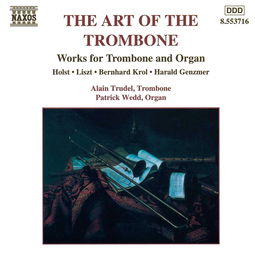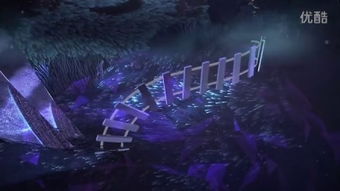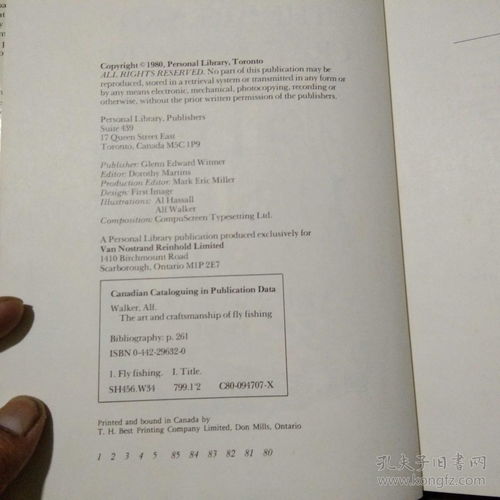Fishing is an ancient pastime that has been cherished by enthusiasts across the globe. It's a peaceful and rewarding activity that can be enjoyed by people of all ages. However, one common challenge faced by anglers is the dreaded "polluting the water" during the fishing process. This refers to the disturbance of the water's surface and bottom, which can spook fish and ruin your chances of a successful catch. In this article, we will delve into the art of fishing without polluting the water, offering a detailed guide complete with step-by-step instructions and a helpful illustration.
Understanding the Problem
Before we dive into the techniques, it's important to understand why polluting the water is a problem. When you cast your line or reel in your catch, you create waves and ripples that can scare fish away. This is especially true in clear, still waters where fish are particularly sensitive to movement and noise. The goal, then, is to minimize these disturbances as much as possible.
Essential Equipment
To start, ensure you have the right equipment. Here's a list of items you might need:
- A fishing rod and reel suitable for your chosen fishing spot.
- High-quality fishing line that is strong yet flexible.
- Lures or bait that are appropriate for the fish you're targeting.
- A net or landing glove to help you gently handle your catch.
- A rod holder or a stand to keep your rod steady while you wait.
Step-by-Step Guide to Fishing Without Polluting the Water
Choose the Right Spot
The first step is to find a good fishing spot. Look for areas with minimal human traffic and natural disturbances. Steer clear of busy beaches or heavily populated lakes.
Approach the Water Quietly
When you arrive at your chosen spot, approach the water with care. Walk softly and avoid making loud noises. The less noise you make, the less likely you are to disturb the water.
Cast with Precision
When it's time to cast, use a gentle, controlled motion. Avoid throwing your line with force, as this will create unnecessary waves. Here's a simple casting technique:
- Hold your rod at a 45-degree angle to the water.
- Point the rod tip slightly downwind.
- Swing the rod back with a smooth, controlled motion, then forward with a quick, powerful flick of your wrist.
- Aim for a spot where you can cast without disturbing the water.
Reel in Slowly
When reeling in your line, do so slowly and steadily. This will help you maintain a smooth, undisturbed surface. If you feel a sudden resistance, it's likely a fish, so take your time to handle it gently.
Use Lures and Bait Wisely
The type of lure or bait you use can also affect how much you disturb the water. Opt for natural-looking lures that mimic real prey, and use them sparingly. When using bait, try to present it in a way that minimizes movement.
Handle Your Catch Gently
When you've caught a fish, handle it with care. Use a net or landing glove to scoop it out of the water, and avoid shaking it excessively. This will help keep the water as undisturbed as possible.
Illustration: How to Cast Without Polluting the Water
[Insert an illustration here showing the following steps in a fishing scenario: 1. Approaching the water quietly, 2. Holding the rod at a 45-degree angle, 3. Swinging the rod back with a smooth motion, 4. Casting forward with a quick flick of the wrist, 5. Aiming for a spot where the water is still.]
Conclusion
Fishing without polluting the water is all about technique and mindfulness. By following these steps and using the right equipment, you can enjoy your fishing experience while respecting the aquatic environment. Remember, the more you practice these techniques, the more successful you'll be in your quest for a peaceful and sustainable angling experience. Happy fishing!












